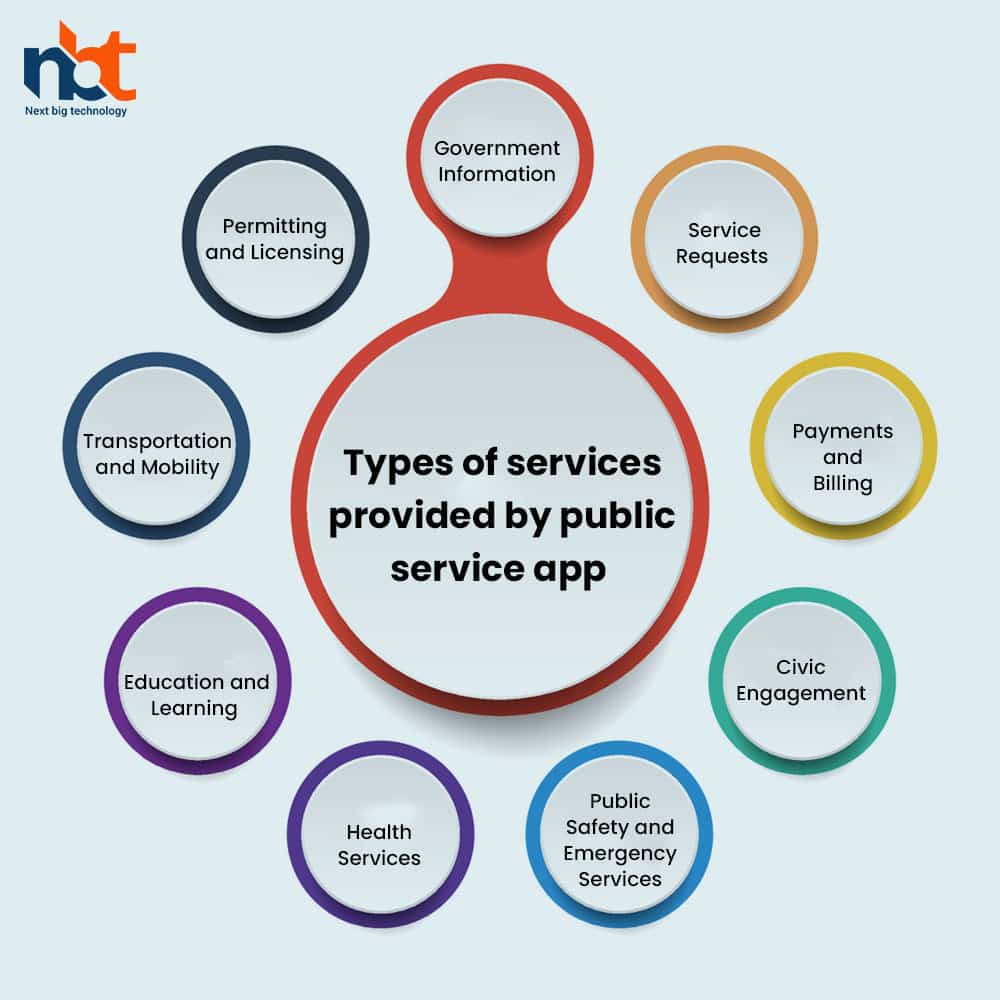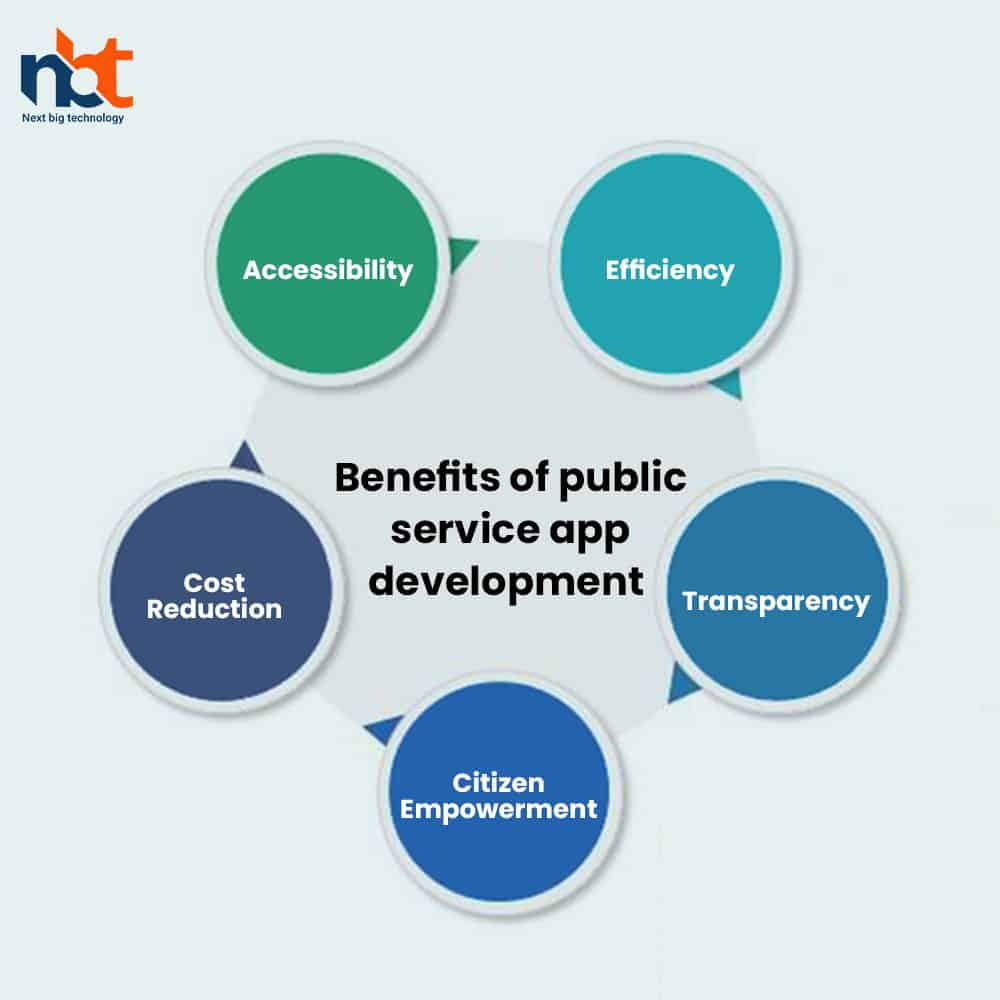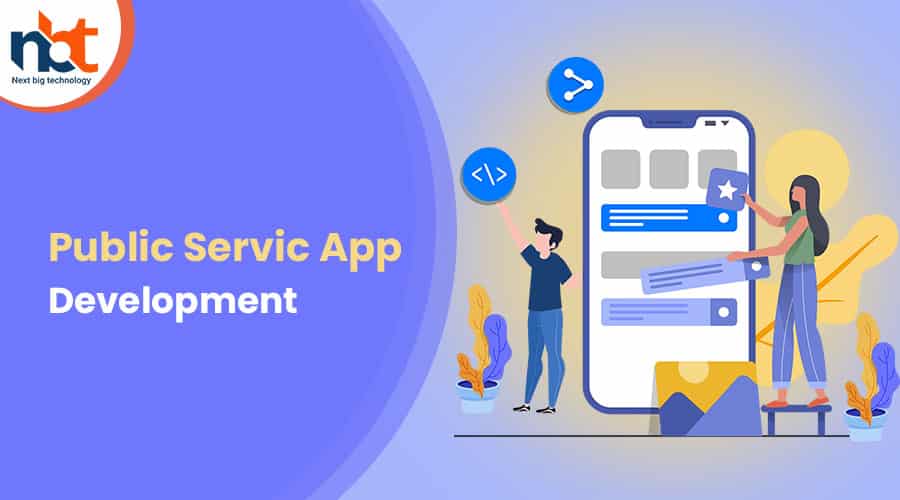Table of Contents
Introduction
Welcome to the realm where technology meets public service, transforming the way we access essential services. Public service app development has emerged as a game-changer, offering a convenient and efficient approach to accessing government services. Gone are the days of tedious paperwork, long queues, and endless waiting. Thanks to these innovative apps, citizens can now navigate the web of public services with ease.
What is public service app development
Public service app development involves creating digital applications that serve the needs of the public and enhance the delivery of government services. These apps are designed to simplify the process of availing services such as healthcare, transportation, social welfare, and more. They provide a convenient and user-friendly platform for citizens to interact with public agencies and access necessary information or complete transactions. Developers focus on user-centric design, ensuring easy navigation, clear information dissemination, and interactive features. Privacy and data security are paramount considerations. These apps aim to enhance accessibility, transparency, and efficiency in public service delivery, ultimately improving citizens’ overall experience and engagement with essential services. Through the power of technology, public service apps bridge the gap between citizens and government services, ensuring a more streamlined and user-centric approach.
The Need for Public Service Apps
The need for public service apps arises from the challenges and inefficiencies inherent in traditional methods of accessing essential government services. Long queues, complicated paperwork, and limited office hours often create barriers for citizens seeking assistance. Public service apps address these issues by providing a convenient and accessible platform. These apps streamline processes, allowing users to easily schedule appointments, submit forms, and access information anytime, anywhere. By digitizing services, public service apps reduce paperwork, save time, and enhance efficiency for both citizens and government organizations. They also promote transparency by providing real-time updates and notifications regarding service availability and requirements. Ultimately, public service apps bridge the gap between citizens and vital services, making it easier for individuals to access the support they need while improving the overall delivery of public services.
Types of services provided by public service app

Public service apps provide a wide range of services to meet the diverse needs of citizens. Here are some common types of services offered by public service apps:
- Government Information: These apps provide access to government information such as laws, regulations, policies, and public announcements.
- Service Requests: Citizens can submit various service requests through the app, such as requesting permits, reporting issues like potholes or streetlight outages, or scheduling appointments with government agencies.
- Payments and Billing: Public service apps often facilitate online payment of government fees, taxes, fines, or utility bills, providing a convenient and secure platform for financial transactions.
- Civic Engagement: These apps encourage citizen participation by offering features such as surveys, polls, or forums where citizens can voice their opinions, provide feedback, and engage in discussions on community matters.
- Public Safety and Emergency Services: Apps may provide access to emergency helplines, disaster preparedness information, real-time updates on emergencies, or reporting features for crime or safety concerns.
- Health Services: Public service apps can offer features like access to medical records, vaccination information, appointment scheduling with healthcare providers, or educational resources on health-related topics.
- Education and Learning: Some apps provide educational resources, online courses, or access to academic information, helping citizens enhance their skills and knowledge.
- Transportation and Mobility: Public service apps may offer features such as public transit information, real-time updates on transportation services, parking management, or ride-sharing options.
- Permitting and Licensing: Citizens can apply for various permits, licenses, or certifications through the app, eliminating the need for manual paperwork and expediting the process.
These are just a few examples, and public service apps can cover a wide range of services depending on the specific needs and priorities of the government and the community they serve.
Benefits of public service app development

Public service app development offers a lot of benefits for both citizens and government. Here are some advantages:
- Accessibility: Public service apps provide easy and 24/7 access to government services, eliminating the need for physical visits or long waiting times.
- Efficiency: By automating processes and reducing paperwork, these apps helps in service delivery, leading to faster responses, improved productivity, and cost savings.
- Transparency: Public service apps promote transparency by providing clear information on government services, policies, and processes, helping citizens to make informed decisions and hold the government accountable.
- Citizen Empowerment: These apps empower citizens by allowing them to actively engage with government agencies, submit feedback, participate in surveys or consultations, and have a voice in decision-making processes.
- Cost Reduction: Public service apps can reduce administrative costs by automating routine tasks, minimizing paperwork, and optimizing resource allocation.
Challenges faced in public service app development
One major challenge in public service app development is ensuring the widespread adoption and usage of the app among the target audience. Despite the benefits and convenience they offer, getting citizens to embrace and consistently engage with these apps can be difficult. Overcoming user resistance, building trust in the security and privacy of the app, and effectively promoting its features and advantages are key hurdles. Developers need to focus on creating intuitive interfaces, delivering value-added functionalities, and implementing robust marketing and awareness campaigns. Addressing this challenge is crucial to maximize the impact and effectiveness of public service apps, ultimately benefiting both citizens and government organizations.
Conclusion
In the world of public service app development, we’ve turned government interactions into finger-swiping adventures. From e-voting to healthcare at your fingertips, bureaucracy has become just like a cake walk in amidst everything. Now there is no need for long queues and grumpy officials when you can get all the works done just with few taps on your phone in the comfort of your home. As governments and organizations continue to invest in app development, it is essential to prioritize user experience, security, and inclusivity. By doing so, we can create user-friendly applications that empower citizens and bridge the gap between public services and the people who need them.
Thanks for reading our post “Public Service App Development”. Please connect with us to know more about Public Service App Development Services.









